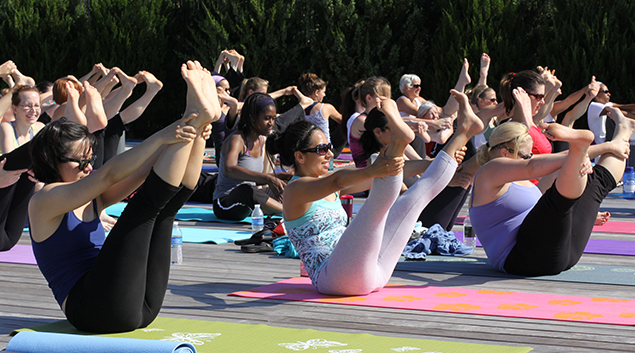
Americans spent $30.2 billion from my pocket on alternative health care such as herbal supplements, yoga and meditation, according to a new national survey: $28.3 billion for adults and $1.9 billion for children.
Named “complementary health care” by the National Center for Complementary and Integrative Health and the Centers for Disease Control and Supplemental Prevention, spending on these practices represents 9.2 percent of all Americans’ out-of-pocket health care spending and 1.1 percent of total health care spending.
(Also: EEOC Cracks Down on Wellness Programs, Limits Financial Incentives)
The results come from an analysis by the CDC and NCCIH, part of the National Institutes of Health. They were based on data from a special supplement on the use of complementary health approaches to the 2012 National Health Interview Survey, conducted annually by the CDC’s National Center for Health Statistics.
Broken down by type of complementary approach, the data showed that Americans spent $14.7 billion out of pocket to see practitioners such as chiropractors, acupuncturists and massage therapists. This represents almost 30 percent of what they spent out of pocket on services provided by conventional doctors. They spent more on visits to complementary practitioners than on natural product supplements or personal care purchases, and the average annual spending for visits to a practitioner was $433.
When it came to natural product supplements, Americans paid $12.8 billion out of pocket, about a quarter of what they spent on prescription drugs. The average annual spending in this category was approximately $368.
Purchases related to self-care approaches – such as self-help books or CDs related to complementary health topics – totaled $2.7 billion, and average annual spending per user was $257 .
As family income increased, out-of-pocket spending on complementary approaches increased significantly. Average spending per user for complementary health approaches was $435 for those with household incomes less than $25,000 and $590 for those with household incomes of $100,000 or more. Out-of-pocket expenses for visits to complementary practitioners averaged $314 for those with a household income of less than $25,000 and $518 for those with a household income of $100,000 or more.
“We did an earlier study on the 2007 NHIS cost data, which was not directly comparable to this one due to differences in survey design,” said Richard Nahin, NCCIH senior epidemiologist and lead author of the analysis of expenditures linked to complementary health approaches, in a statement. “However, globally, over the course of two years, a significant number of Americans have spent billions of dollars out of pocket on these approaches, an indication that users believe in the value of these approaches enough to pay for them .”
Twitter: @JELagasse
